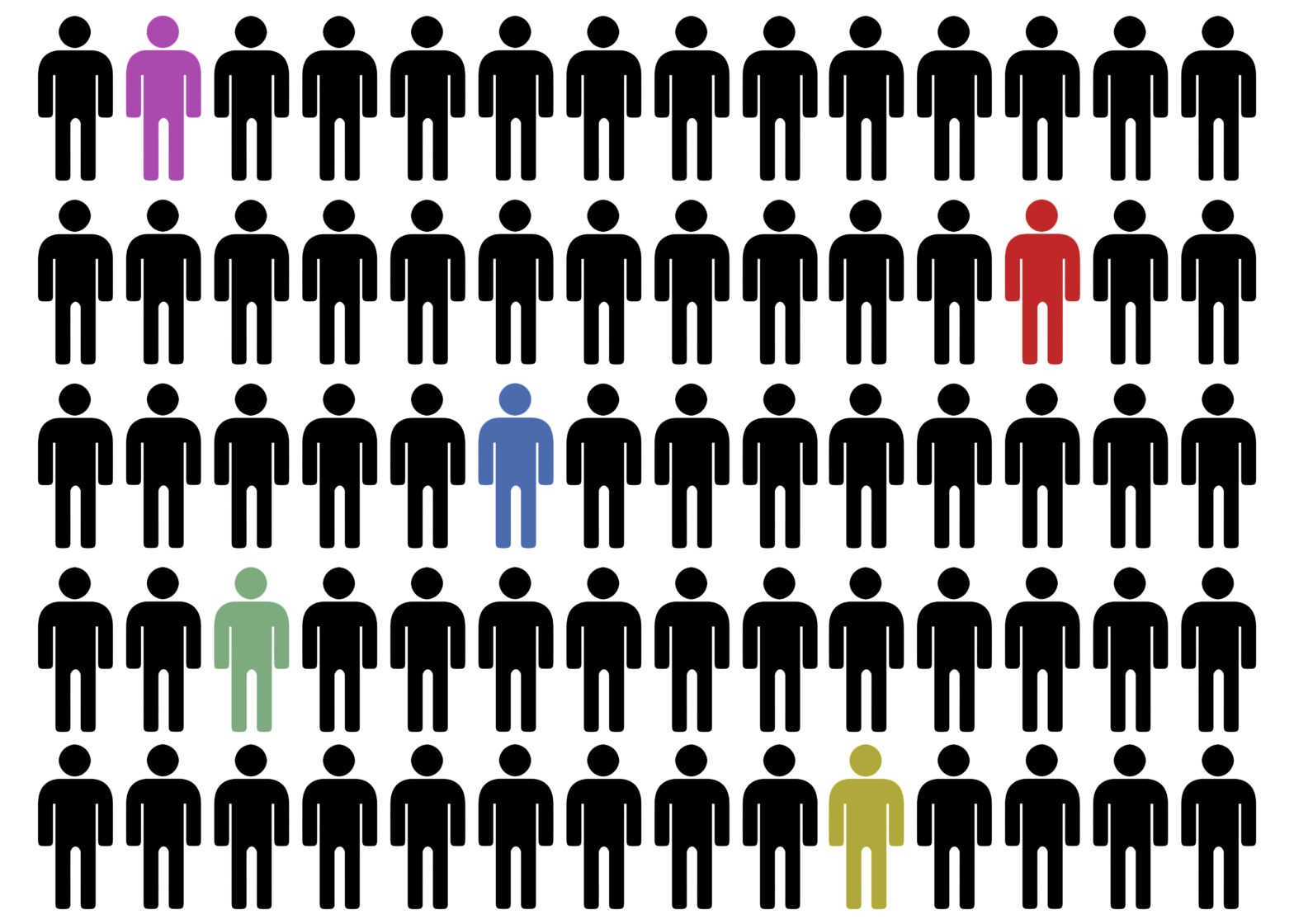The announcement that Facebook will be launching a new service that will look to allow brands to measure reach and attribution of Facebook and Instagram raises an interesting question: are Facebook looking at this as a way of monetising measurement, or are they adding value to their business customers?
The truth remains that reporting is one of the biggest challenges affecting attribution. Moreover, many questions are being asked around whether marketers truly track and measure the entire conversion path across multiple devices.
Atlas, which offers advertisers a measurement tag to track users as they surf across websites from one device to another has had a few shake ups over the years. When it integrated into Facebook, its proposition was for enterprise customers to be able to use Facebook’s customer data to provide “people-based marketing”, using its cross-device functionality.
>See also: Using data analytics to improve business processes and reduce waste
Facebook’s purchase of Atlas was initially seen as a means for Facebook to take on Google DoubleClick’s dominance of the display ad market. Fast forward a few years and Atlas is solely used for measurement. It has also become apparent that its model isn’t wholly adopted by enterprise customers, and yet people-based marketing needs to be something offered to the wider circle of users using any form of advertising to understand their ROI.
A global solution is needed which allows brands to have a number of digital streams all reporting into one user interface, so they can have a holistic trusted view of the entire consumer journey. A view, which also represents for brands, an independent measurement which is unbiased.
Companies like Impact Radius demand people-based marketing and an understanding of how a click occurred on one device but then is completed on another. It is essential to offer this cross-device functionality, and clients need to appreciate how powerful cross device is when using a combination of deterministic (logged in data – hashed at source) and probabilistic (anonymous data – device proximity, time used, content used – non PII information) matches which in turn ensures that relevant media partners are being provided accurate commission.
>See also: Achieving IT operational perfection takes a nuanced approach
It is, therefore, an interesting move for Facebook to move their people-based marketing into a non-monetised solution. In doing so, it raises the cynical question of whether they struggled to monetise their enterprise customers or failed to reach scale of customers adopting this tool.
In a time when the industry needs to regain the trust of brands, it is critical that we can accurately provide advertisers with the means to attribute the real conversion of a customer to the correct source.
Over the last few years the rise in NHT has sent attribution into a tail spin. Even more concerning has been the threat of affiliate fraud as this has resulted in brands paying twice for the same customer, or worse, paying for a non-human conversion.
What is interesting is that Facebook has decided not to bring in other third-party tools to their platform which in turn would allow them to ensure verification of the metrics. Impact Radius owned Forensiq has a fraud detection software which combats the issue of affiliate and display fraud. So, the question remains, are customers of Facebook Business Manager able to trust in the data they are given without a fraud prevention tool baked in?
>See also: 4 reasons why KPIs are essential for SI projects
From a less cynical perspective, it is a welcome move from Facebook in wanting to push reach, tracking and attribution up the agenda.
Most people think Google analytics is flawed because it is hard to drill down and provides limited modelling. But is this the case with the Facebook solution? Is there the ability to access granular detail and custom reports? How is it limiting results? Can the reports be relied on at all to provide any useful information? These would all be valid questions that marketers will need to get clear answers on for the tool to meet the needs of their cross-device marketing campaigns.
Sourced by Mark Wrighton, VP EMEA at Impact Radius
The UK’s largest conference for tech leadership, TechLeaders Summit, returns on 14 September with 40+ top execs signed up to speak about the challenges and opportunities surrounding the most disruptive innovations facing the enterprise today. Secure your place at this prestigious summit by registering here










